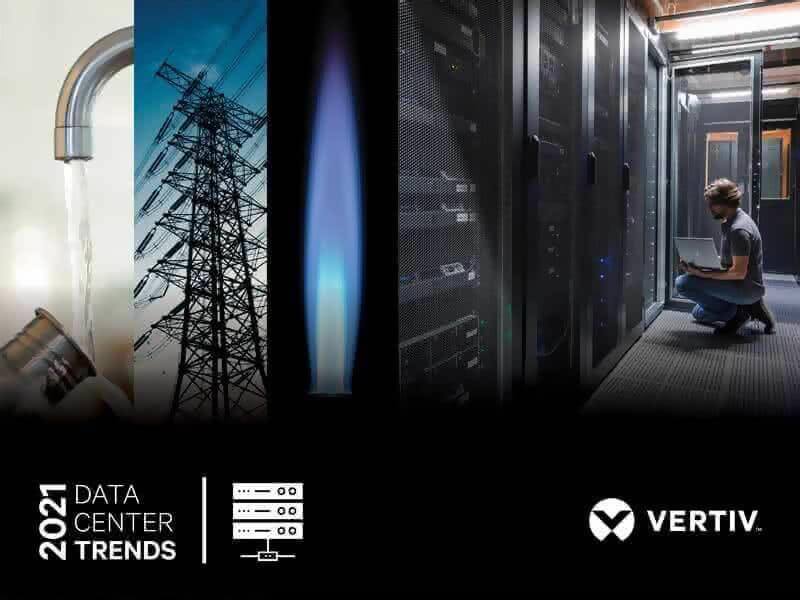The profound transformations the IT channel ecosystem went through in 2020 will continue to revolutionize 2021. Digital businesses in Latin America took a leap in 2020 – progress that would have taken years, occurred in a couple of months.
The e-commerce company Mercado Libre, for instance, added 45 percent new customers in March 2020 when compared to the same month in 2019.
A study made by VISA in May 2020, with consumers from Argentina, Brazil, Chile, Mexico and the Dominican Republic, showed that during the pandemic, cash payments were restricted to 44 percent of the group surveyed. 72 percent of the population of these countries have used debit cards, and 63 percent have used credit cards.
Such data indicates deep changes in the way Latin American markets behave. It is vital that the senior management in channel companies understand this scenario and reinvent their businesses in 2021.
Below are the main trends for the IT channel in 2021:
1. Mergers & Acquisitions
The Mergers & Acquisitions wave has reached Latin America, and it is driving a channel consolidation. Larger companies and businesses with more free cash are, in this moment, looking to acquire partners with expertise in services.
In some cases, instead of an acquisition, what is being designed is an alliance between channel partners that have complementary offering and geographic coverage.
2. Cloud Computing Solutions
Channel partners’ interest in acquiring expertise in Cloud Computing – and having access to new opportunities - is growing fast. The expansion of cloud utilization throughout Latin America is part of this picture.
According to the research institute MarketWatch, the use of cloud services and solutions in our region will represent $51.5 billion of the market by 2024. Such an amount represents an opportunity for partners to go beyond the traditional ‘on-premises’ solution sales model and invest in recurring sales for their customers. In 2020, many of these recurring sales were accomplished through public or private hybrid clouds.
For the digital infrastructure space in particular, I visualize partners building a hybrid offer, selling critical solutions, such as power and cooling systems, in the on-premises format in conjunction with remote environmental monitoring, services, etc. This is a tailored offering to ensure the continuity of critical applications processed in the cloud for user companies.
3. Edge Computing Solutions
In 2021, new applications will continue to push Latin American user companies to search for Edge Computing solutions based on modular data centers, which start from a single rack to a rack row, to an aisle, room, etc., in order to accelerate data processing and deliver a better UX (User Experience) to external and internal customers.
This is already a reality in our region. Brazil is the leader in Edge Computing solutions – it is worth emphasizing that there are thousands of ISPs scattered throughout the country looking for this kind of solution. Mexico, Chile and Uruguay closely follow Brazil.
In all geographies, Edge Computing solutions are present in several industries, such as healthcare, education, manufacturing and government.
4. Streaming & the 5G Network Infrastructure
Edge Computing is also critical to ensure the quality of digital services for streaming providers, like Netflix and Amazon Prime. The entertainment industry is going through changes, which is driving consumers in all of Latin America to look for internet access from Telecom providers that have a location close to where data is consumed. This makes the Telecom industry one that will most require advanced critical infrastructure solutions in 2021.
As 5G networks start to roll out, there will be an even greater demand for modular data centers. One of 5G’s most distinctive features is its low latency, something that demands data centers to be scattered throughout Latin America, going far beyond the large urban centers. 5G networks will only be operational in the region by 2027.
5. Servers & UPS Systems
Another area with big opportunities for partners specialized in critical infrastructure is the sale of servers and UPS systems. Gone are the days when these devices could be bought for stand-alone deployments. The growing criticality of digital businesses demands that the server and UPS should be integrated in a unique, secure, manageable and high performance infrastructure.
In 2021, the growing complexity of the digital world will require that servers and UPS are included in a project that could use modular data centers, by a trained and qualified partner, according to critical infrastructure best practices.
This is also an opportunity to offer data center infrastructure management (DCIM) platforms. which are now available in leaner versions - a cost effective option for smaller user companies. To further accelerate business opportunities related to these solutions, Vertiv, in conjunction with Dell, Lenovo and HPE, offer complete critical infrastructure bundles.
6. OT & IT Integration
Finally, a strategic way for partners to generate business in 2021 is the increasing integration of OT (Operational Technology) and IT. This opportunity also includes all requirements for critical processing of IoT and IoT environments in general.
The recent partnership of Vertiv and Honeywell is creating new opportunities in automation projects for the LATAM IT channel. The more knowledge a partner has about specific industries (metal, mechanics, plastics, processes, etc.), the better positioned they will be to propose critical infrastructure solutions that support the industrial process continuity while ensuring its integration with the IT area.
In 2021, Latin America’s critical infrastructure will continue to expand, supporting applications such as smart buildings and smart cities, telehealth, industrial plants automation, e-learning and remote work. Each one of these applications is a business opportunity for the IT channel partner. In a competitive economy, winning channel partners will be those who rely on technology and knowledge to build solutions that effectively ensure business continuity for their customers.






